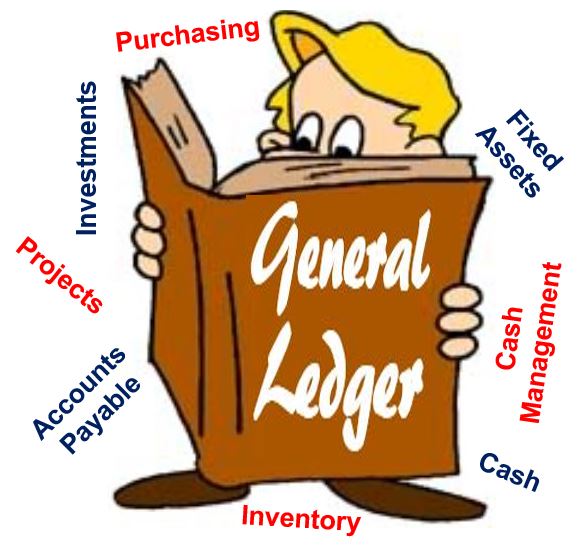What is a general ledger? Definition and meaning
A general ledger, also known as the book of final entry, is a chronological accounting record – arranged in order of time – that a business or organization uses to keep track of financial activity, including expenses and income. Financial transactions are categorized and posted into the general ledger account.
How many and what type of accounts it contains is determined by the Chart of Accounts (COA). A COA is a created list of the accounts used by a company to define each class of items for which money is received or spent.
General ledgers contain every single account for recording transactions relating to a commercial entity’s or any organization’s assets, liabilities, stockholders’ equity, revenue, and expenses.

General ledger covers the life of a company
It provides a complete record of financial activity over the whole life of a company. It holds account data that is required to prepare financial statements.
In current accounting software, general ledgers function as a central repository for accounting information transferred from all sub-ledgers or modules like accounts receivable, accounts payable, fixed assets, cash management, purchasing and projects.
Accounts receivable is money a company is owed by its customers, while accounts payable is money it owes its suppliers.
Essentially, the general ledger is the spinal cord – the backbone – of any accounting system which holds non-financial and financial information for a business entity. The collection of every single account is known as the ledger account, which may be a very large book.

General ledger used to prepare financial statements
Using a general ledger is part of a system that accountants utilize to create a commercial enterprise’s financial statements. Financial transactions are entered in the general ledger accounts, and the accountant generates a trial balance – a statement of all debits and credits in a double-entry account book – any disagreement indicates an error. The trial balance is the first step towards the preparation of financial statements.
The accountant adjusts the trial balance by posting additional entries – the adjusted trial balance is then used to generate financial statements.
According to Accounting Tools:
“A general ledger is the master set of accounts that summarize all transactions occurring within an entity. There may be a subsidiary set of ledgers that summarize into the general ledger.”
“The general ledger, in turn, is used to aggregate information into the financial statements of a business; this can be done automatically with accounting software, or by manually compiling financial statements from the information in a trial balance report (which is a summarization of the ending balances in the general ledger).”

